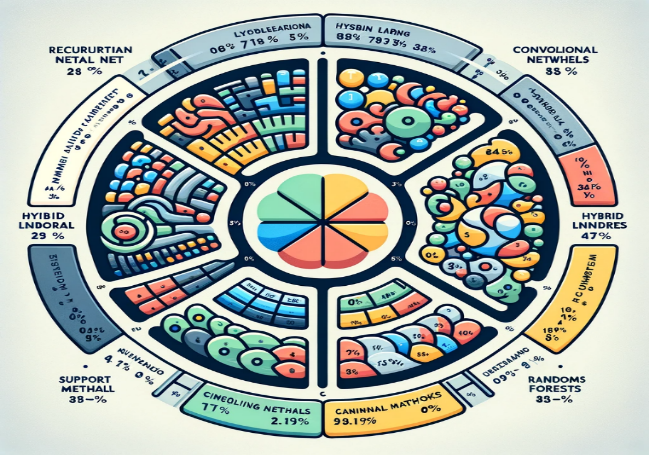A Novel Approach to Analyzing Twitter Sentiments: Integrating Machine Learning Methodologies
Main Article Content
Abstract
In the digital era, Twitter has emerged as a vital platform for gauging real-time public sentiment, making sentiment analysis of its posts essential for informed decision-making in various sectors. This study introduces an innovative hybrid machine learning strategy for analyzing Twitter sentiments, enhancing traditional methods that often fall short in interpreting the platform's brief and informal content. Our methodology synergizes deep learning techniques, like Recurrent Neural Networks (RNNs) and Convolutional Neural Networks (CNNs), with conventional algorithms, including Support Vector Machines (SVMs) and Random Forests, to enrich feature learning and model interpretability. The process entails meticulous data preprocessing to eliminate noise and tokenize text, alongside feature extraction that employs word embeddings and linguistic attributes. The hybrid model, trained on a diverse sentiment-labeled Twitter dataset, is evaluated using metrics such as accuracy and F1-score. Results reveal our approach's superiority over traditional and single-model deep learning methods, showcasing its proficiency in capturing Twitter's sentiment nuances. This hybrid model offers a robust tool for analyzing brand sentiment, monitoring political trends, and assessing customer feedback, thus providing valuable insights for businesses, policymakers, and researchers. The study not only advances sentiment analysis techniques but also demonstrates the potential of a hybrid machine learning framework in extracting meaningful sentiment data from Twitter's dynamic environment, offering a comprehensive tool for navigating the complexities of social media analytics.
